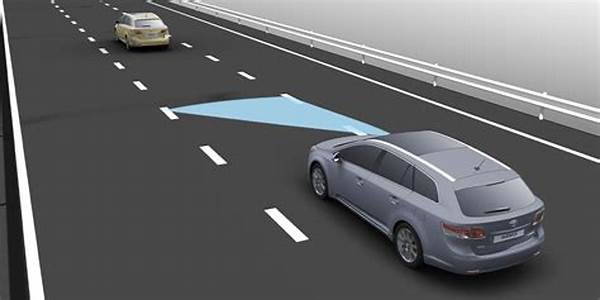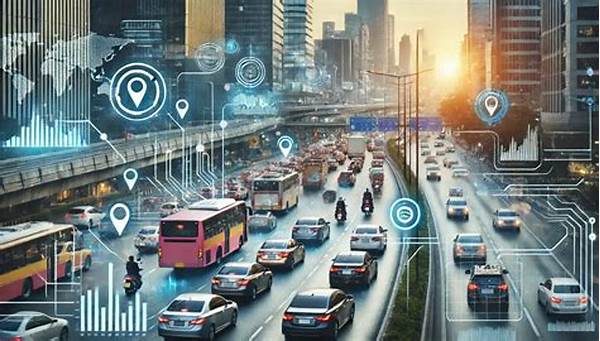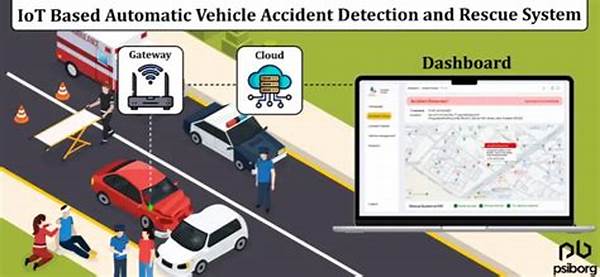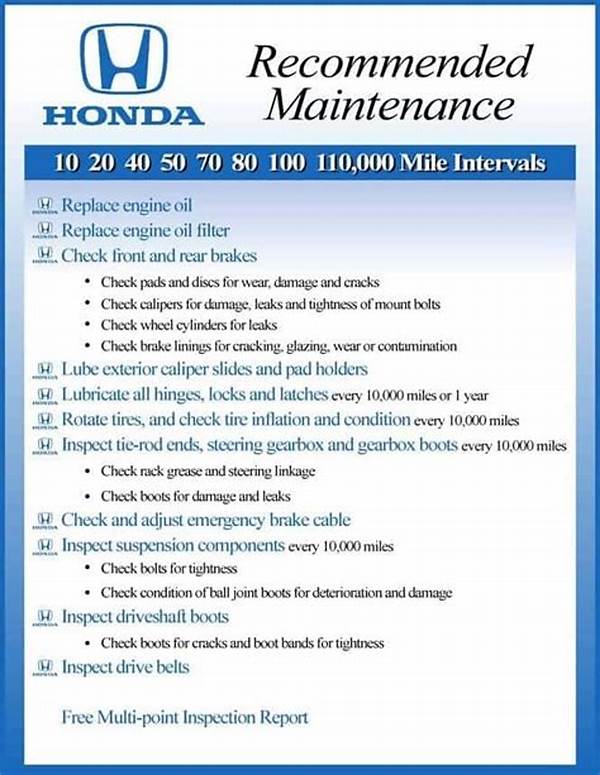Cons Of Lane-keeping Technology
In recent years, lane-keeping technology has emerged as a cornerstone in modern vehicular safety systems. By utilizing cameras and sensors, it assists drivers in maintaining their lanes, thus reducing collision risks on busy roads. However, despite its potential benefits, lane-keeping technology is not without its downsides. This article aims to delineate the various cons of lane-keeping technology, shedding light on the challenges and limitations that may affect its overall efficacy.
Read Now : Quattroporte Caliper Size Specifications
Interference with Driver Autonomy
The cons of lane-keeping technology can sometimes outweigh its intended benefits, particularly when considering its impact on driver autonomy. Imagine cruising down the highway, only to feel your steering wheel nudging you back in line like a stubborn parent reining in an unruly child. It’s all fun and games until the system gets it wrong, mistaking a faded line or a patch of snow for the real deal. Lane-keeping might make some drivers feel like they’re in a tug-of-war match with their own car.
Moreover, constant intervention can lead to diminished driver confidence. You’re cruising along, thinking you’ve got it all under control, then bam, your car decides you need a helping hand. This can be annoying, distracting, and downright frustrating. And let’s be honest, no one likes feeling like their ride is doubting their driving skills. While lane-keeping technology is designed to assist, its aggressive interference might just end up leaving drivers more anxious and less confident on the road. So, let’s keep it real; the cons of lane-keeping technology are all about those quirky, unintended consequences.
Unreliable in Certain Conditions
When the weather’s acting like it’s got a vendetta against you, lane-keeping tech can throw a tantrum. Rain, snow, fog—oh my! These conditions can mess with the sensors and cameras, making them as unreliable as a cat in a room full of rocking chairs. It’s one of the serious cons of lane-keeping technology that can lead to unexpected and dangerous situations.
1. The thing struggles with bad weather, like a hairdo in a hurricane.
2. It’s not perfect at spotting faded or poorly marked lanes.
3. The tech can freak out near construction zones or detours.
4. Sometimes it’s delayed, making drivers feel all jumpy.
5. It might clash with other tech in your ride, acting like the drama king at a party.
Over-Reliance and Driver Complacency
One of the major cons of lane-keeping technology is that it can cause drivers to become complacent. You might start trusting your car to do some of the thinking for you, making you more of a backseat driver in your own front seat. It’s like watching a movie on autopilot, getting too lost in the techy magic, and forgetting you’re actually supposed to be in charge.
Still, for all its warts, some folks dig the lane-keeping vibe. It’s a mixed bag: on one hand, it’s dope for those who believe in chilling while hitting the highway. On the flip, the cons of lane-keeping technology can leave your average road warrior smacking their forehead, feeling like they’ve landed in some driver assist twilight zone. We need balance—a little bit of tech, a little bit of common sense, and a solid dose of driver attention.
Unexpected Responses
Every now and then, lane-keeping technology can act like that unpredictable buddy who might just pull a crazy stunt out of nowhere. This results in one of the annoying cons of lane-keeping technology. It might correct you when you don’t need it, or, even worse, fail to respond when a genuine hazard presents itself.
1. Freaks out in tunnels and tight turns.
2. Might ignore worn lane markers.
Read Now : Tesla Model Y Depreciation Rates
3. Sometimes sulks in heavy traffic.
4. Collision course with tech hiccups.
5. Doesn’t like when lanes split like tabloids.
6. Plays the blame game with map glitches.
7. Can’t always handle bikers and pedestrians.
8. Thinks it’s Michael Jackson with lane-jumping.
9. Sometimes forgets city driving ain’t the same.
10. Doesn’t gel well with manual overrides.
Incompatibility Issues
It’s like when your shiny, new gadget meets your old-school stereo system, and neither knows what to make of each other. The real kicker and one of the glaring cons of lane-keeping technology is it doesn’t always vibe well with other car systems. It’s like watching your gadgets and gizmos try to speak Esperanto while you’re just trying to have a smooth ride.
Lane-keeping isn’t a one-size-fits-all gig. It might click with some rides while leaving others in the dust. When your tech goes rogue, suddenly, that sweet Sunday drive turns into a hot mess express. Picture this: you’re just cruising, thinking you’ve got this Tron-like system covering your back, then—bam! Your car throws a hissy fit with alerts and warnings, and it can feel like your dashboard’s gone disco inferno. Chill, tech, chill. At the end of the day, the cons of lane-keeping technology remind us: tech can be super handy, but ain’t no substitute for an eagle-eyed driver.



